Below is a video of our self checkout kiosk, please watch it carefully to learn more!
Watch the video above and you will find that our self checkout kiosk is worth your investment, whether it is the exquisite appearance design, stable and efficient working performance, fast and smooth operation experience. You can enjoy the latest price discount when you place an order today.
| Component | Description | Component | Description |
|---|---|---|---|
| Touchscreen Display | Main interface for customers to scan items, select options, and process payments. | Card Reader | Device for reading credit or debit card information, supporting chip and magnetic stripe cards. |
| Barcode Scanner | Device used to scan product barcodes for adding items to the transaction. | RFID Reader (optional) | Used for quick scanning of items with RFID tags instead of barcodes. |
| Payment Terminal | Integrated system supporting credit/debit cards, NFC/contactless payments, mobile wallets, and cash. | Audio/Voice Guidance | Provides auditory instructions and feedback, aiding visually impaired customers. |
| Receipt Printer | Thermal printer that provides a receipt after the transaction is complete. | Camera (optional) | Installed for security or to assist with item recognition and theft prevention. |
| Bagging Area | Space with weight sensors to hold and monitor scanned items. | Connectivity Modules | Includes Ethernet, Wi-Fi, and Bluetooth for network connectivity and communication. |
| Security Scale | Scale in the bagging area that checks the weight of items to ensure accuracy and prevent theft. | Receipt/Bill Recycling | Feature allowing the reuse of receipts or bills as change for future transactions. |
| Cash Handling Unit | Includes bill acceptor, coin acceptor, and cash dispenser for kiosks that accept cash. | User Interface Software | Software guiding customers through the checkout process with instructions and payment options. |
| Customer Assistance Button | Feature allowing customers to request help from store staff during checkout. |
Design and Prototyping: Engineers and designers create detailed designs and prototypes, considering user interface, ergonomics, and component integration.
Component Sourcing: Essential parts such as touchscreens, barcode scanners, payment terminals, and processors are sourced from suppliers.
Assembly: Components are assembled, including the integration of electronic parts, the installation of software, and the construction of the kiosk housing.
Software Development and Integration: Custom software is developed and installed to manage user interaction, payment processing, and security features.
Quality Testing: The assembled kiosks undergo rigorous testing to ensure all functions work correctly, including scanning, payment processing, and user interface responsiveness.
Packaging and Distribution: Once testing is complete, the kiosks are packaged with necessary accessories and documentation and then distributed to clients or retailers.

Start the Transaction: Approach the kiosk and tap the touchscreen to begin. Select your preferred language if prompted.
Scan Items: Use the barcode scanner to scan each item’s barcode. Place the scanned items in the designated bagging area.
Handle Weighed Items: For items that need to be weighed, place them on the scale. The kiosk will automatically calculate the price based on the weight.
Apply Discounts/Coupons: If you have any coupons or discount codes, scan them using the same barcode scanner or enter them manually on the touchscreen.
Select Payment Method: Choose your preferred payment method—cash, credit/debit card, or contactless payment—using the payment terminal.
Complete the Transaction: After payment, the kiosk will print a receipt. Collect your receipt and any change if applicable, and retrieve your bagged items.
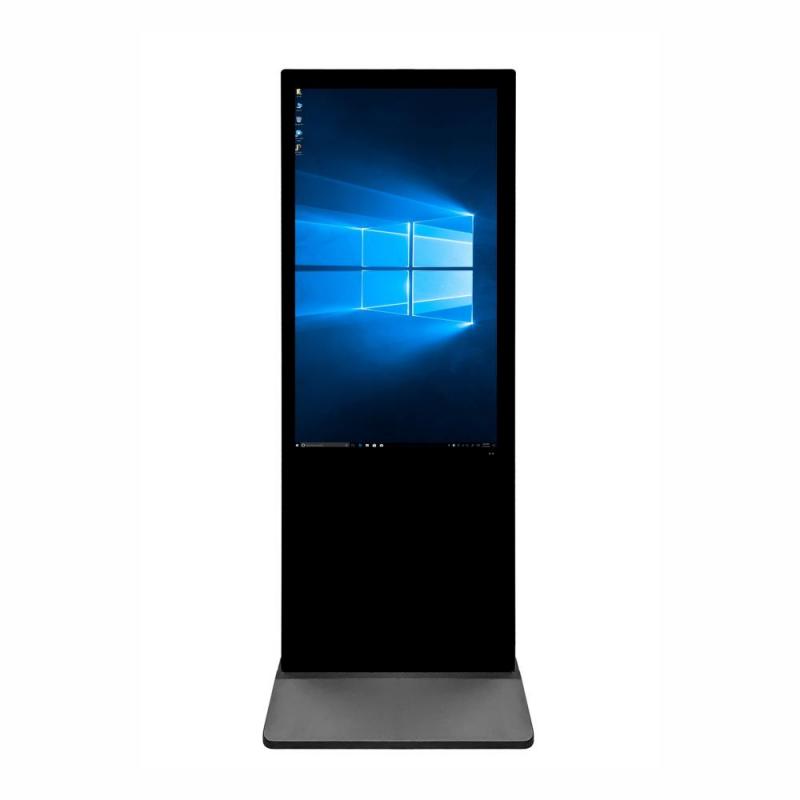
Retail Stores: Used in grocery stores, supermarkets, and department stores to allow customers to independently scan and pay for their purchases, reducing wait times.
Convenience Stores: Deployed in small shops to streamline checkout processes, especially during peak hours, enhancing customer experience.
Airports: Installed at food and beverage outlets within airports, enabling travelers to quickly purchase snacks and meals without waiting in long lines.
Cinemas: Used to sell tickets and concessions, allowing moviegoers to avoid queues and directly choose their seats or snacks.
Fast Food Restaurants: Implemented to enable customers to place orders, customize meals, and pay without interacting with staff, speeding up service.
Libraries: Utilized for checking out books and other materials, allowing patrons to quickly borrow or return items without needing staff assistance.
Pharmacies: Used for purchasing over-the-counter medications and personal care products, offering a quick and discreet way for customers to complete their transactions.
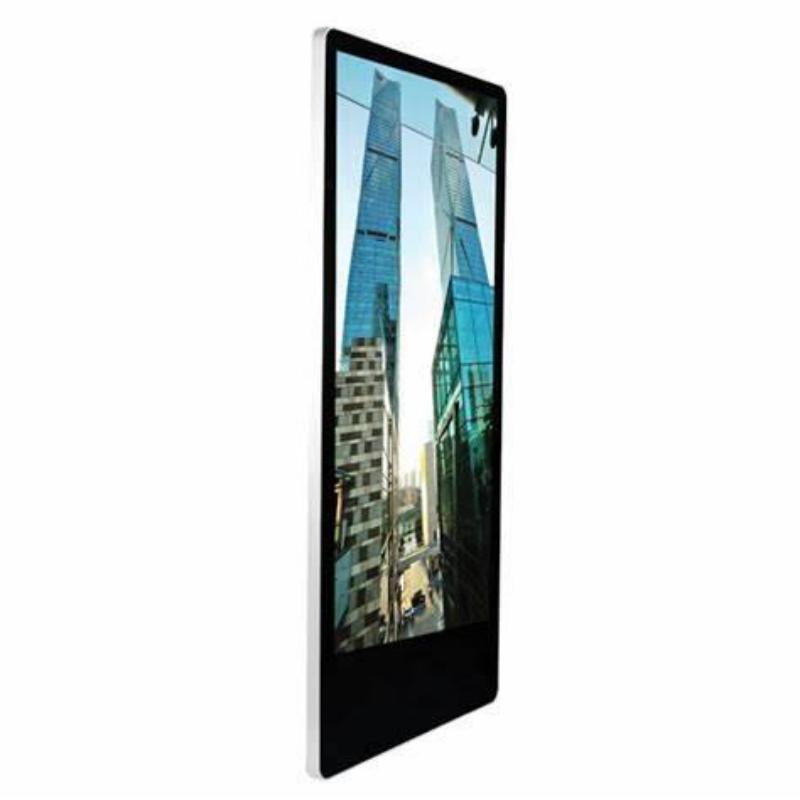
Reduced Wait Times: Self-checkout kiosks help minimize long lines by allowing multiple customers to check out simultaneously, speeding up the checkout process.
Increased Efficiency: These kiosks streamline operations by enabling customers to complete transactions on their own, freeing up staff to assist with other tasks.
Cost Savings: Retailers can reduce labor costs by requiring fewer cashiers, as self-checkout kiosks handle a significant portion of transactions.
Enhanced Customer Experience: Customers appreciate the convenience and control over their shopping experience, particularly those who prefer a quick and private checkout process.
Improved Accuracy: The automated system reduces human error in transactions, ensuring that pricing and item scanning are accurate.
Space Optimization: Self-checkout kiosks take up less space than traditional checkout lanes, allowing stores to maximize their retail floor space.
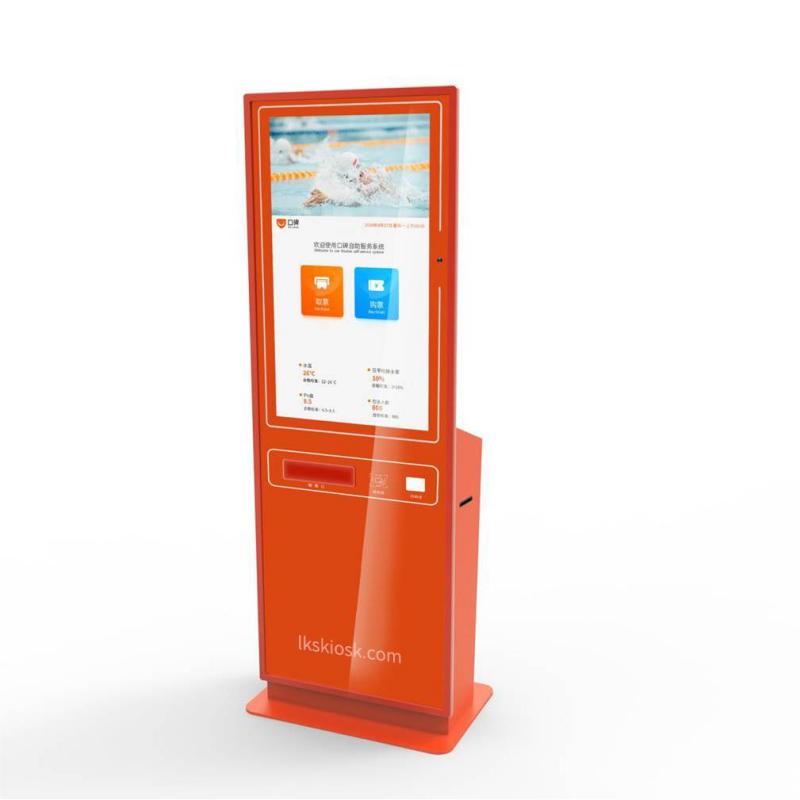
User Interface Design: Customizable touchscreen layouts, colors, and language options to align with your brand identity and improve user experience.
Payment Options: Integration of various payment methods, including credit/debit cards, mobile wallets, NFC/contactless payments, and cash handling systems.
Branding Elements: Custom logos, color schemes, and graphics can be added to the kiosk’s exterior and software interface to reflect the store’s branding.
Size and Configuration: Kiosks can be tailored in size and layout, such as single or multi-lane configurations, to fit the specific space and customer flow of the store.
Peripheral Integration: Addition of specific peripherals like RFID readers, customer-facing displays, and receipt/bill recycling units based on business needs.
Security Features: Enhanced security measures, such as surveillance cameras, tamper-proof designs, and integrated fraud detection software, can be included.
Software Customization: Tailor the software to include specific features like loyalty program integration, promotional offers, and custom reporting tools.

Self checkout kiosks combine advanced hardware and software to deliver a seamless and efficient checkout experience. The hardware includes a touchscreen display for user interaction, a barcode scanner for item scanning, a payment terminal for processing transactions, and a receipt printer for generating receipts. Additional components like a cash handling unit, security scales, and a bagging area may also be included. The software, integral to kiosk functionality, manages the user interface, payment processing, and inventory management, ensuring accurate transactions and seamless integration with existing retail systems. Customizable features and updates in both hardware and software enhance the kiosk's functionality and user experience.
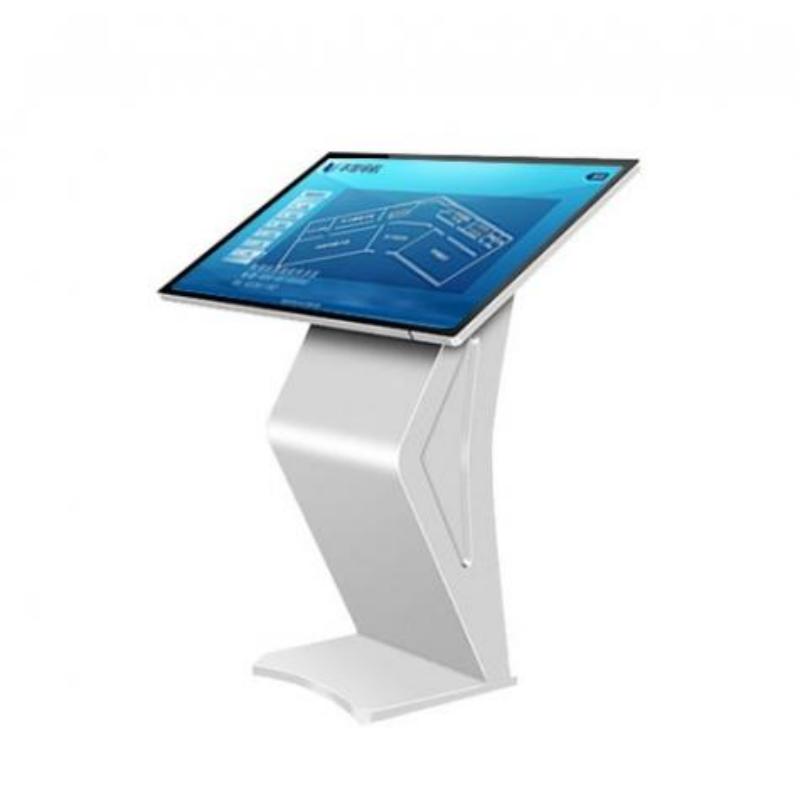
Cost: The cost of a self-checkout kiosk varies widely based on features, customization, and quantity. Basic models may start around $5,000, while high-end, fully integrated systems can exceed $20,000 each. Additional costs include installation, maintenance, and software licensing. Factors influencing cost include the number of terminals, payment methods supported, and integration with existing systems.
ROI: Self-checkout kiosks can offer a substantial return on investment by reducing labor costs, increasing transaction speed, and improving customer satisfaction. They can handle more transactions during peak hours, leading to higher sales volumes. The efficiency of self-checkout kiosks often translates to lower staffing requirements and reduced checkout times, enhancing overall operational efficiency. ROI typically becomes visible within 1-3 years, depending on usage and cost savings.
Assess Your Needs: Evaluate your store’s size, customer flow, and the types of transactions to determine the appropriate kiosk model and features.
Budget Planning: Consider not just the initial purchase cost, but also installation, maintenance, and potential software updates when budgeting.
Vendor Comparison: Compare different vendors for pricing, support services, and customization options to find the best fit for your business.
Integration Capabilities: Ensure the kiosk can integrate smoothly with your existing POS and inventory systems to avoid disruptions.
Customer Experience: Choose a kiosk with a user-friendly interface and payment options that match customer preferences to enhance satisfaction.
Warranty and Support: Look for vendors offering comprehensive warranty and support services to address any issues that may arise post-installation.

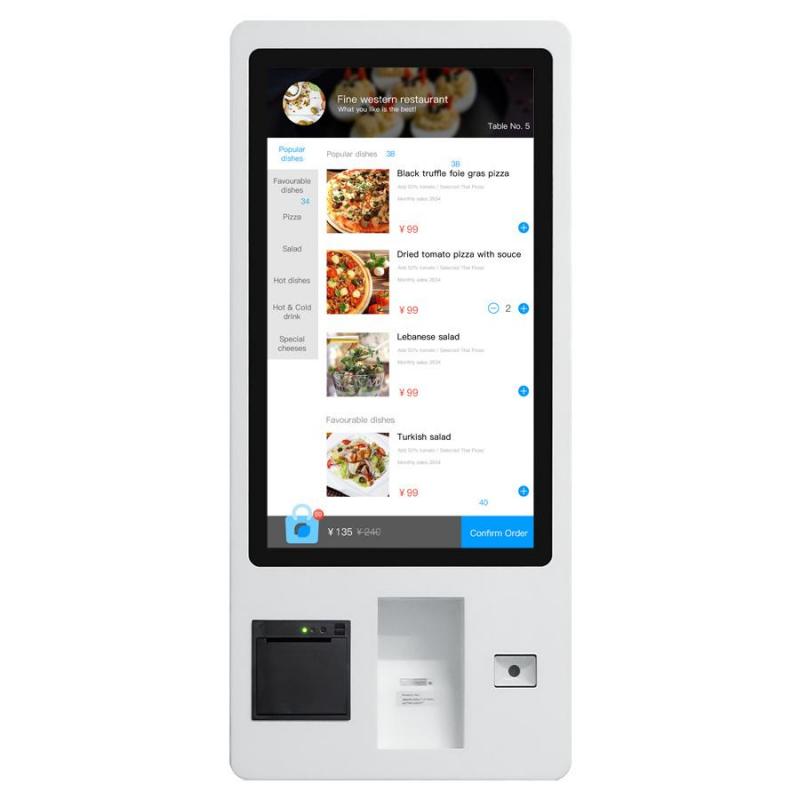
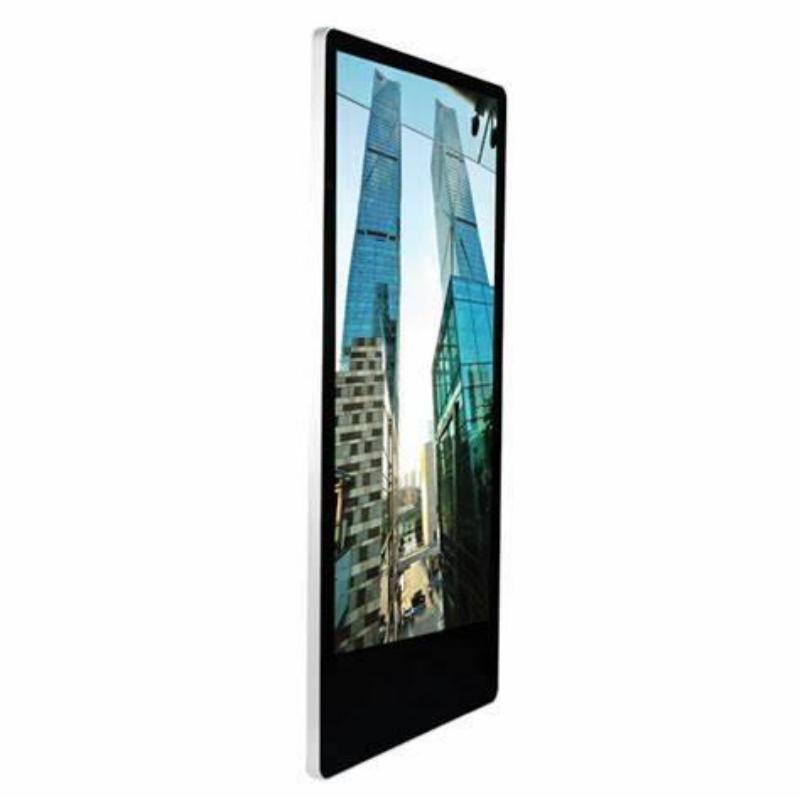
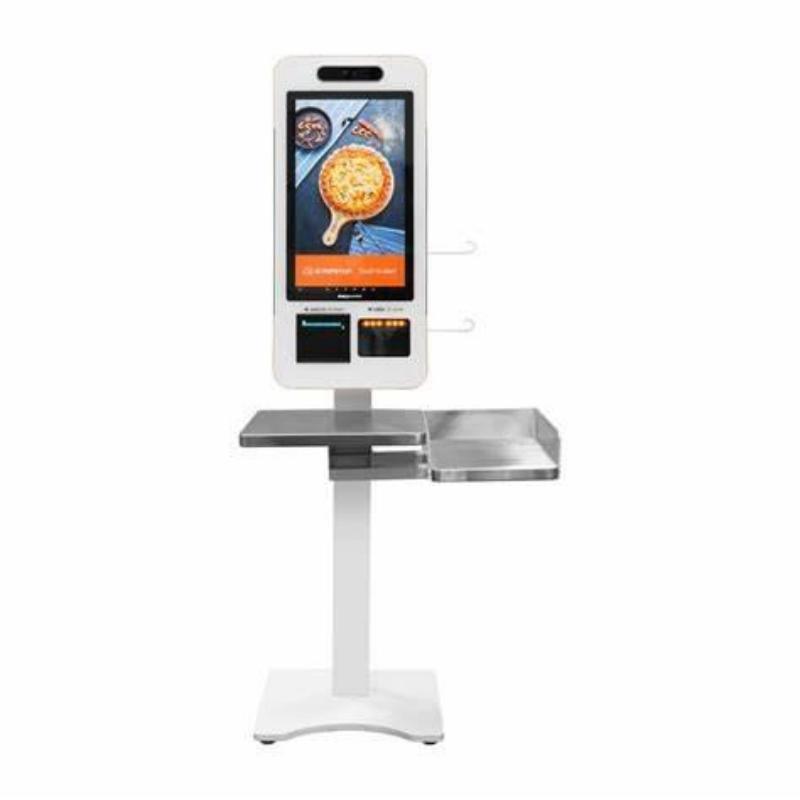

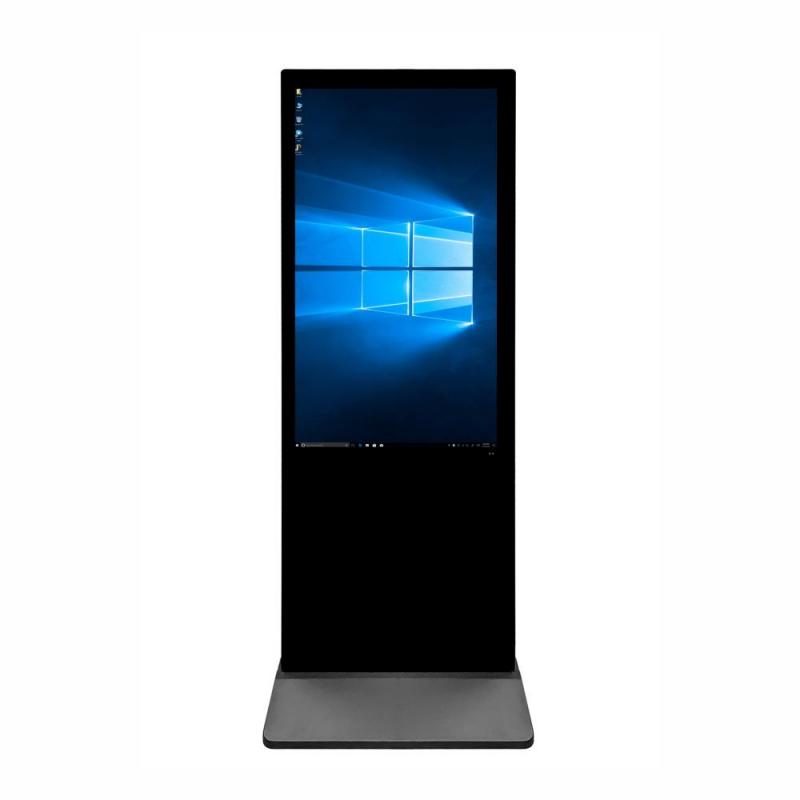
What did our happy clients say?
We’re thrilled with our new self checkout kiosk! They’ve streamlined our checkout process and improved customer satisfaction. Highly recommend this manufacturer for their top-notch service and quality.
The self checkout kiosk we purchased exceeded our expectations. They’re user-friendly and efficient, saving us time and reducing labor costs. Excellent product from a reliable manufacturer!
Fantastic addition to our store! The self checkout kiosks are easy to use and integrate seamlessly with our system. Impressed with the manufacturer’s support and attention to detail.
Our new self checkout kiosks have greatly enhanced our customer experience. They’re well-designed and reliable. We’re very satisfied and recommend this manufacturer for their outstanding product and service.